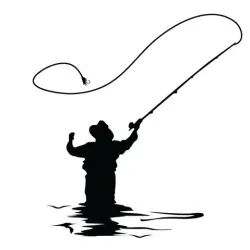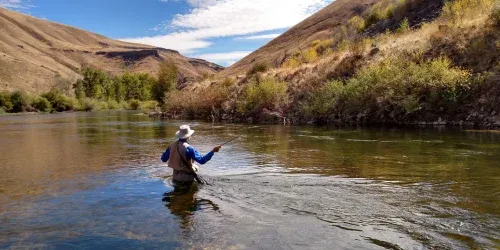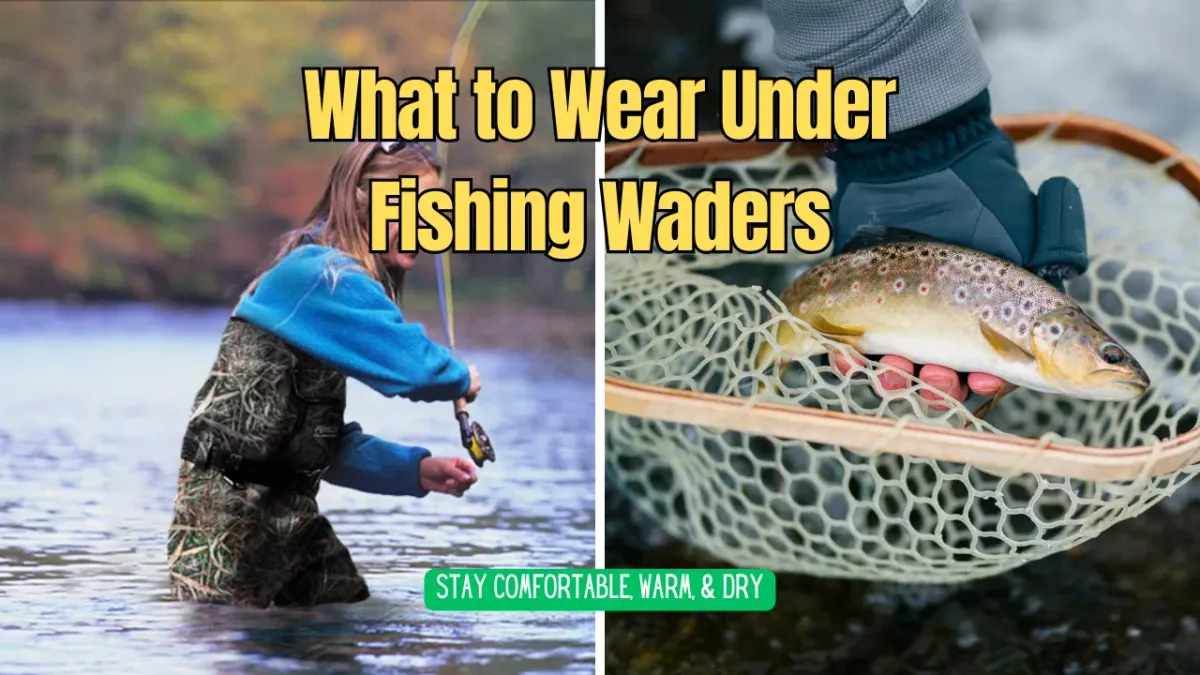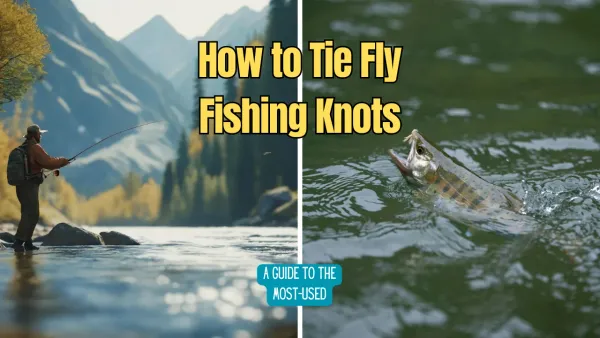When it comes to fly fishing or any water-related activities, the question often arises: "Are you supposed to wear shoes under waders?" This seemingly simple query can lead to a cascade of considerations, from comfort and safety to the type of waders and the specific conditions you'll be facing. Let's dive into the nitty-gritty of this topic and explore the best practices for wearing shoes under waders.
Key Takeaways:
- Footwear Choices: The type of shoes you wear under waders can significantly impact your comfort and safety.
- Weather and Water Conditions: Different conditions call for different footwear solutions.
- Types of Waders: Understanding the difference between stockingfoot and bootfoot waders is crucial.

Understanding Waders and Footwear
Waders are essential gear for anyone who spends a lot of time in the water, whether it's for fly fishing, duck hunting, or even kayaking. They come in two main types: stockingfoot waders and bootfoot waders. Stockingfoot waders require you to wear separate wading boots, while bootfoot waders come with boots attached.
Stockingfoot Waders
Stockingfoot waders are popular among fly fishers because they offer more flexibility and a better fit. These waders come with neoprene socks attached, which means you'll need to wear wading boots over them. The advantage here is that you can choose a pair of wading boots that offer good traction and fit your feet perfectly. This setup is ideal for navigating rocky riverbeds and provides excellent ankle support.
Bootfoot Waders
Bootfoot waders, on the other hand, come with boots attached to the waders. These are generally easier to put on and take off, making them a convenient option for duck hunting or other activities where you might need to get in and out of the water quickly. However, they don't offer the same level of customization in terms of fit and support as stockingfoot waders.
Footwear Options for Different Conditions
The type of footwear you choose to wear under your waders can vary depending on the weather and water conditions. Let's break it down:
Cold Weather
In colder weather, keeping your feet warm is crucial. Wearing neoprene socks under your wading boots can provide an extra layer of insulation. Pair these with wool socks for added warmth. Some anglers also opt for insulated pants and a fleece sweater to stay warm. If you're fishing in frigid water, consider wearing long underwear and a warm base layer to keep your legs and feet comfortable.
Warm Weather
In warmer weather, you might prefer a lighter setup. Wading sandals or even an old pair of hiking boots can work well. The key is to ensure that whatever footwear you choose provides good traction and doesn't slip off easily. Wearing a bathing suit or shorts under your waders can help keep you cool. Just make sure to wear socks to prevent blisters and chafing.
Practical Examples and Case Studies
Fly Fishing in Early Spring
Imagine you're planning a fly fishing trip in early spring. The air temps are still chilly, and the water temps are cold. In this scenario, wearing stockingfoot waders with a quality pair of wading boots is a smart choice. Layer up with long johns, insulated pants, and a fleece sweater. Don't forget to wear wool socks and neoprene socks for added warmth. This setup will keep you comfortable and dry, allowing you to focus on catching fish.
Duck Hunting in Late Fall
Now, let's consider a duck hunting trip in late fall. The weather is cold, and you'll be spending a lot of time in the water. Bootfoot waders are a convenient option here because they are easy to put on and take off. Pair them with a good pair of wool socks to keep your feet warm. Wearing a fleece jacket and insulated pants will help you stay comfortable throughout the day.
Common Mistakes to Avoid
Wearing the Wrong Size
One common mistake is wearing wading boots that are too tight or too loose. Boots that are too tight can restrict blood flow, making your feet cold. On the other hand, boots that are too loose can cause blisters and make it difficult to walk on rocky surfaces. Always choose wading boots that fit well and provide good support.
Ignoring the Weather
Another mistake is not dressing appropriately for the weather. In cold weather, failing to layer up can lead to discomfort and even hypothermia. In warm weather, wearing too many layers can make you overheat. Always check the weather forecast and dress accordingly.

Summary
Choosing the right footwear to wear under waders is essential for comfort and safety. Whether you're fly fishing, duck hunting, or kayaking, understanding the different types of waders and the best footwear options for various conditions can make a significant difference. Stockingfoot waders paired with wading boots offer flexibility and support, while bootfoot waders provide convenience. Always consider the weather and water conditions when selecting your footwear to ensure a comfortable and enjoyable experience.

FAQs
Can I wear regular shoes under my waders?
No, regular shoes are not designed for use with waders. They lack the necessary traction and support needed for walking on slippery and uneven surfaces. It's best to invest in a good pair of wading boots or wading shoes.
What should I wear under my waders in cold weather?
In cold weather, layering is key. Wear long underwear, insulated pants, and a fleece sweater. Pair neoprene socks with wool socks for added warmth. This setup will help keep you warm and comfortable in frigid water.
Are wading sandals a good option for warm weather?
Yes, wading sandals can be a good option for warm weather. They provide good traction and are lightweight, making them comfortable for extended wear. Just make sure to wear socks to prevent blisters and chafing.
Related articles:











